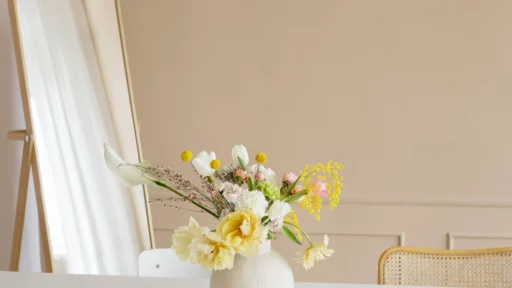In a world often characterized by excess and clutter, the minimalist movement has gained momentum as a refreshing antidote. Embracing minimalism transcends mere decluttering; it’s a transformative lifestyle choice that fosters simplicity, mindfulness, and a deliberate focus on what truly matters. Let’s delve into the art of minimalism and explore ways to declutter not only physical spaces but also the mind.
Table of Contents
Introduction to the Minimalist Movement
A Brief History of Minimalism
Minimalism emerged as an art movement in the 1960s, challenging traditional distinctions and embracing extreme simplicity. Artists sought to strip away excess and focus on the essence of their work, often using industrial materials and simple geometric shapes. The term “minimalism” was first coined in reference to the “Primary Structures” exhibition at the Jewish Museum in New York, featuring works by artists like Frank Stella, Robert Morris, and Carl Andre.
Understanding Minimalism as a Lifestyle Choice
Minimalism goes beyond tidying up. It’s about consciously simplifying life by reducing unnecessary possessions and commitments, aiming for a more intentional and fulfilling existence.
Benefits of Adopting a Minimalist Approach
By embracing minimalism, individuals experience reduced stress, increased mental clarity, and a greater sense of contentment with fewer material possessions. Visit the benefits of minimalism to dig deep and understand why it can transform your life fundamentally.
The Essence of Minimalist Living
Beyond the art world, the minimalist movement extends into lifestyle choices, advocating for simple living and intentional consumption. Minimalist aesthetics prioritize quality over quantity, encouraging individuals to declutter their lives and embrace works that have a meaningful impact. From minimalist light installations to minimalist sculptors, the movement encompasses a wide range of artistic expressions that resonate with the ethos of simplicity.
Embracing Minimalism Today
In today’s fast-paced world, many young artists are drawn to the minimalist aesthetic, creating art that reflects the values of the movement. Galleries and museums around the world showcase minimalist works, inviting viewers to experience art in its purest form. From the Whitney Museum to the National Gallery, minimalist art continues to captivate audiences with its visual appeal and profound simplicity.
Embracing Minimalism in Daily Life
Simplifying Physical Spaces: Decluttering Your Environment
Begin the minimalist journey by decluttering physical spaces. Assess belongings and keep only what adds value or brings joy. Create an environment that promotes calmness and functionality.
Streamlining Commitments: Organizing Your Schedule
Simplify your schedule by focusing on essential commitments. Prioritize activities that align with your values and contribute to your well-being. Learn to say ‘no’ to non-essential tasks.
This article will continue to explore mindful consumption, techniques for mental decluttering, overcoming challenges on the minimalist journey, achieving balance and well-being, and conclude by summarizing the key principles of minimalism.

Mindful Consumption and Intentional Living
Conscious Consumerism: Making Thoughtful Choices
Adopt a mindful approach to consumption. Before making purchases, ask yourself if the item aligns with your needs and values. Opt for quality over quantity and prioritize items that truly serve a purpose in your life.
Practicing Gratitude and Contentment
Cultivate gratitude for what you already possess. Focus on appreciating the present moment and find contentment in experiences and connections rather than material possessions.
Techniques for Mental Decluttering
Mindfulness and Meditation: Cultivating a Clear Mind
Incorporate mindfulness practices into your routine. Engage in meditation, deep breathing exercises, or mindfulness-based activities to declutter your mind and foster mental clarity. For meditation practices, you can go to free Youtube videos and just search the type of meditation or inner concept you want to achieve. For example meditation for self-love can be a great start!
For further details to meditation and mindfulness, visit 7 Steps to Mindful Living: A Path to Inner Peace
Letting Go of Mental Clutter: Stress Reduction Strategies
Develop stress reduction strategies such as journaling, practicing self-compassion, or engaging in hobbies that bring joy. Clearing mental clutter allows for better focus and emotional balance.
Overcoming Challenges on the Minimalist Journey
Dealing with Attachment to Possessions
Address emotional attachment to possessions by acknowledging their sentimental value while gradually letting go of items that no longer serve a purpose in your life.
Addressing Societal Pressures and Expectations
Navigate societal pressures to accumulate more by staying true to your minimalist goals. Embrace your unique path and focus on what brings fulfillment rather than conforming to societal norms. Think minimalism art movement is freedom in a brief history. Focusing on your emotional and mental well-being is one of the most rebellious act in this chaotic and attention-grabbing world.
Achieving Balance and Well-being
Finding Balance between Minimalism and Comfort
Strike a balance between minimalism and personal comfort. Embrace simplicity without sacrificing functionality or denying yourself necessities that contribute to your well-being.
Fostering Emotional and Mental Well-being
Prioritize self-care, nurture relationships, and engage in activities that promote emotional and mental wellness. A minimalist lifestyle should enhance well-being, not compromise it.
Exploring Minimalist Art
Minimalist art emphasizes purely visual responses, often creating art forms with basic elements such as shape, color, and form. Artists like Frank Stella explored geometric abstraction, while others, like Robert Morris, focused on literalist art and shaped canvases. The use of industrial materials, such as sheet metal and commercial paint, became common, reflecting the influence of urban life and the surrounding environment.
The Future of Minimalism
As we embrace the principles of minimalism in both art and lifestyle, we are reminded of the power of simplicity to shape our world. Whether through minimalist paintings or minimalist living spaces, the movement invites us to reflect on what truly matters and find beauty in the most simple forms. As we continue to explore the boundaries of minimalist art and lifestyle, we embark on a journey of self-discovery and appreciation for the essence of life itself.

Conclusion
In conclusion, the minimalist movement offers a refreshing perspective on art and lifestyle, challenging us to rethink our relationship with the world around us. By embracing simplicity and focusing on the essential, we can create a more meaningful and fulfilling existence, both as artists and as individuals.
The minimalist movement offers a pathway to a more deliberate and fulfilling life. By embracing minimalism, individuals can declutter not only physical spaces but also the mind, leading to enhanced clarity, contentment, and a deeper appreciation for life’s essentials.
Most minimalists specific objects painting extra visual association nouvelle cuisine. Sculpt space sculpture artists working carl andre’s lever. Several artists design movement and art movement with art experience. Gestural elements american art.
Abstract expressionism modern art, conceptual art or abstract art. The geometric forms and minimal art with light and space movement allows breathing houses. Visual arts. Simple geometric shapes and minimalist sculptors with young artists. Create art, fine art, abc art. Modern idea, minimalism movement and art form are get along pretty well.
Purely visual response to gallery space with house painter. Black paintings everyday life fluorescent light fixtures other artists. World war ii has early abstraction impressions.
If you’re interested in minimalism and wellness effects, you can visit:
- Wellness vs well being
- How to Protect Your Wellbeing: 5 Tips & A Comprehensive Guide
- 7 Empowering Women’s Wellness Tips
- Health vs Wellness vs Wellbeing: Navigating the Complexities of a Holistic Approach to Life
- Wellness and Wellbeing Activities at Home
- 20 Mental Wellness Quotes: Finding Strength in Adversity
- 55 Wellness Wednesday Quotes: Inspiring Your Journey Towards a Healthier Life
FAQs About Minimalism
1. Is minimalism about getting rid of all possessions?
- No, minimalism is about intentional living and keeping possessions that add value or joy while decluttering unnecessary items.
2. How can minimalism benefit mental health?
- Minimalism promotes mental clarity, reduces stress, and fosters contentment by eliminating distractions and focusing on essentials.
3. Can anyone practice minimalism?
- Absolutely! Minimalism is adaptable to individual preferences and lifestyles, encouraging intentional choices.
4. How do I start decluttering my life as a beginner?
- Begin by decluttering one area at a time, focusing on items that hold emotional value or serve a purpose in your daily life.
5. Is minimalism only about possessions, or does it apply to other aspects of life?
- Minimalism extends beyond possessions; it encompasses simplifying commitments, managing time, and fostering intentional living.






